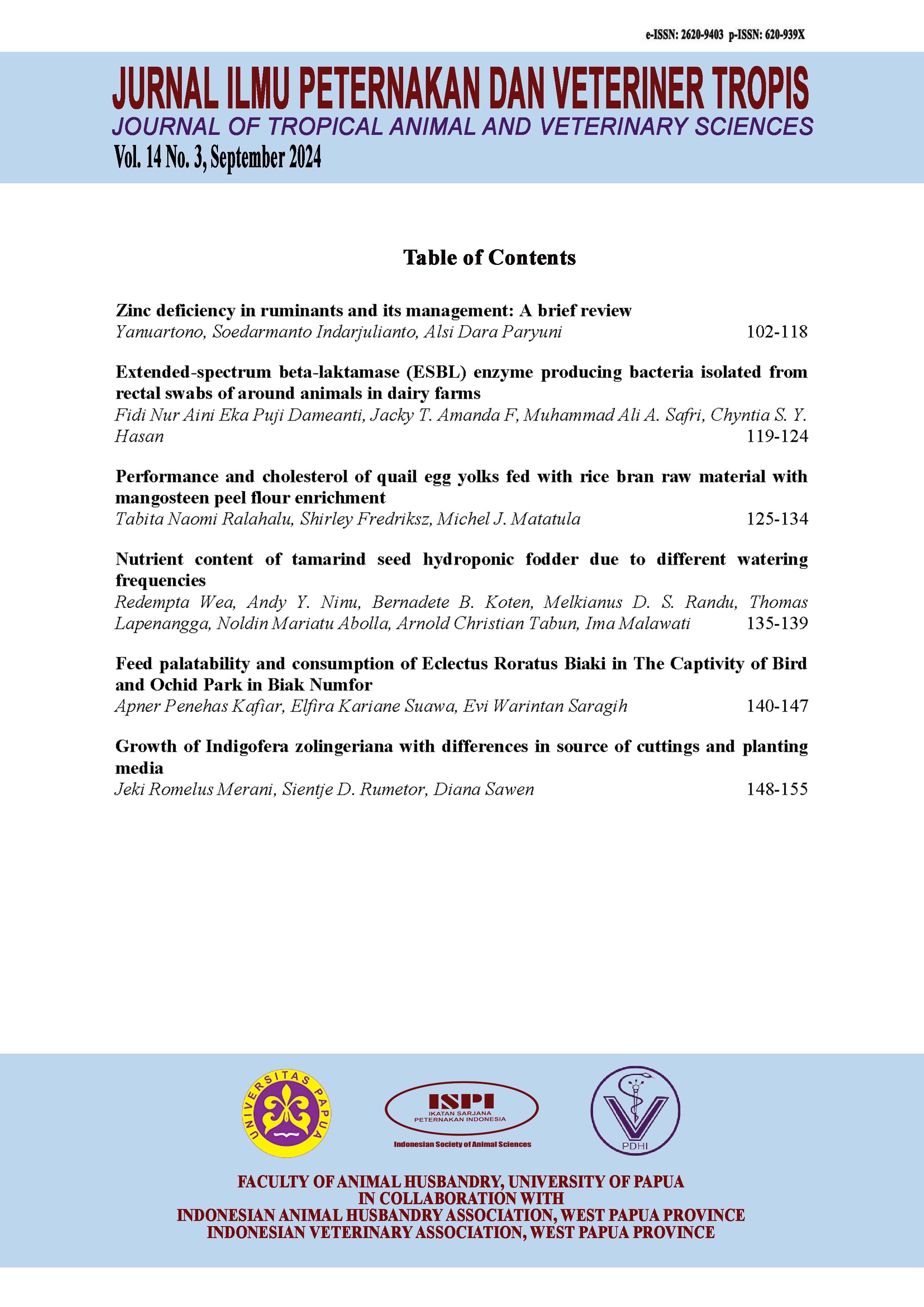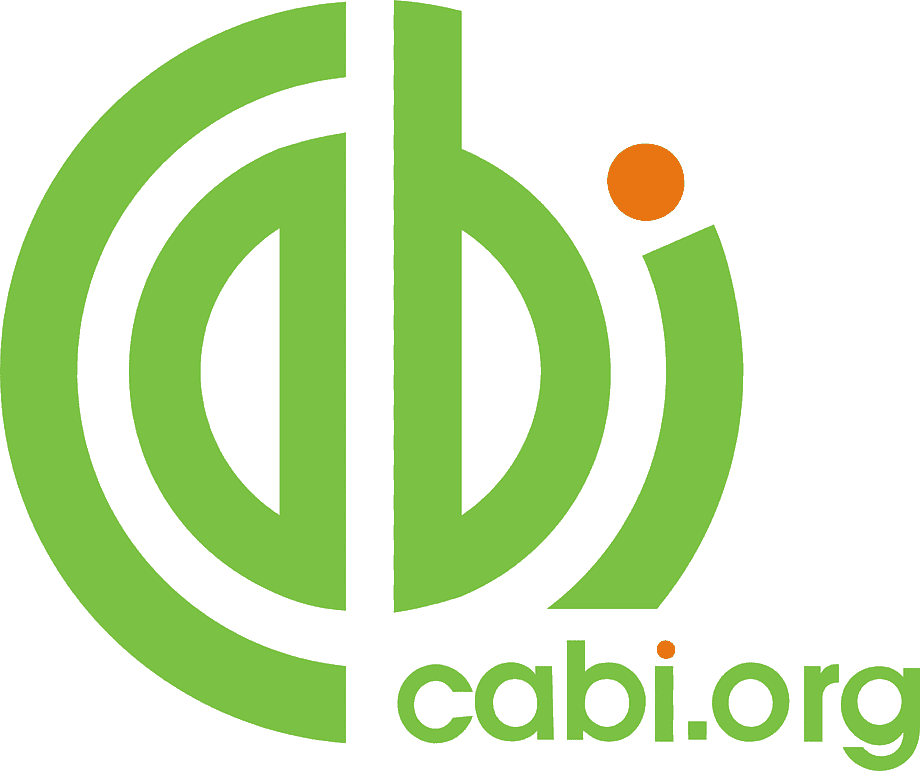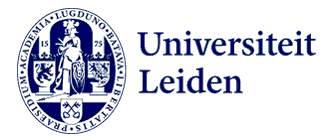Nutrient content of tamarind seed hydroponic fodder due to different watering frequencies
DOI:
https://doi.org/10.46549/jipvet.v14i3.466Keywords:
Farming, Feed, Forage, Pig, WasteAbstract
Limited feed for pigs encourages using alternative feed such as tamarind seeds using hydroponic fodder technology. The research aimed to examine the nutrient content of tamarind seed hydroponic fodder due to different watering frequencies. The research was conducted in Kolhua Village, Kupang City from April-September 2023. The research used tamarind seeds originating from the Lembata city. The research used a Completely Randomized Design, with 3 watering frequency treatments, namely R0 = 1 watering (07.00 WIT), R1 = 2 times (07.00 and 19.00), R2 = 3 times (07.00, 15.00 and 23.00 Wita) and 8 repetitions. There were 100 seeds per container. Variables include tamarind seed fodder's nutrient content (organic matter, crude protein, crude fiber, crude fat, and ash). Analysis used Analysis of Variance and Duncan's advanced test. The research results showed that watering frequency had a very significant effect (P<0.01) on the nutrient levels of tamarind seed hydroponic fodder except for ash content and the watering frequency that produced the best nutrient levels was twice/day. In conclusion, the germination percentage and nutrient content of tamarind seed hydroponic fodder are influenced by watering frequency twice/day with 30 ml being the best frequency.
Downloads
References
Ahira A. 2011. Asam Jawa Sebagai Obat. www.bijiasam (Tamarindus Indica).com (30 Februari 2011).
AOAC. 2023. Association of Official Analytical Chemists. Officials' methods of analysis. 22th ed. Association of Official Analytical Chemists, Arlington.
Astuti D, Suhartanto B, Umami N. & Agus A. 2018. Pengaruh dosis pupuk urea dan umur panen terhadap hasil hijauan sorgum (Sorghum bicolor (L) Moench). Journal of Agriculture Innovation, 1(2); 45-51. https://doi.org/10.22146/agrinova.49134.
Ebenezer RJ, Gnanaraj PPT, Muthuramalingam T, Devi T, Bharathidasan A. & Sundaram AS. 2018. Growth performance and economics of feeding hydroponic maize fodder with replacement of concentrate mixture in New Zealand white rabbit kits. Journal of Animal Health and Production, 6(2); 73-76. https://doi.org/10.17582/journal.jahp/2018/6.2.73.76.
Girma F. & Gebremariam B. 2018. Review on hydroponic feed value to livestock production. Journal of Scientific and Innovative Research, 7(4); 106-109. https://doi.org/10.31254/jsir.2018.7405.
Gomez AA. & Gomez KA. 2014. Prosedur Statistik untuk Penelitian Pertanian. Jakarta. UI-Press.
Imansari F. & Haryanti S. 2017. Pengaruh konsentrasi HCl terhadap laju perkecambahan biji asam Jawa (Tamarindus indica L.). Buletin Anatomi dan Fisiologi, 2(2); 187-192. https://doi.org/10.14710/baf.2.2.2017.187-192.
Kustyorini TIW, Hadiani DPP, & Sardin P. 2020. Frekuensi penyiraman pupuk organik cair terhadap produksi segar dan bahan kering hidroponik fodder gandum (Triticum sp). Jurnal Sains Peternakan, 8(2); 132-137. https://doi.org/10.33474/rekasatwa.v2i2.9055.
Kustyorini TIW. & Hidayati PI. 2017. Pengaruh frekuensi penyiraman benih terhadap produktivitas fodder jagung (Zea mays) dengan sistem hidroponik. Jurnal Sains Peternakan, 5(2); 128-137. https://doi.org/10.21067/jsp.v5i2.3163.
Sauer DB. & Burroughs R. 1986. Disinfection of seed surfaces with sodium hypochlorite. Agricultural and Food Sciences Environmental Science, 76(7); 745-749.
Situmorang EM, Riniarti M, & Duryat. 2015. Respon perkecambahan benih asam jawa (Tamarindus indica) terhadap berbagai konsentrasi larutan kalium nitrat (KNO3). Jurnal Sylva Lestari, 3(1); 1-8. https://doi.org/10.23960/jsl131-8.
Syaidatina R, Hidayat N. & Harwanto. 2023. Evaluasi pertumbuhan dan produksi fodder jagung (Zea mays) secara hidroponik pada umur panen berbeda. Jurnal Ilmu Peternakan dan Veteriner Tropis, 13(2); 59-65. https://doi.org/10.46549/jipvet.v13i2.309.
Tyler & Ensminger. 2006. Pertumbuhan suatu tanaman hidroponik dipengaruhi terhadap, daya serap tanaman terhadap air dan pemupukan. Jurnal Budidaya Pertanian, 5(4); 789-845.
Wahyono T, Khotimah H, Kurniawan W, Ansori D, & Muawanah A. 2019. Karakteristik tanaman sorghum green fodder (SGF) hasil penanaman secara hidroponik yang dipanen pada umur yang berbeda. Jurnal Ilmu dan Teknologi Peternakan Tropis, 6(2); 166-174. https://doi.org/10.33772/jitro.v6i2.5722.
Wahyono T. & Sadarman. 2020. Hydroponic Fodder: Alternatif pakan Bernutrisi di Masa Pandemi. Prosiding Seminar Teknologi dan Agribisnis Peternakan VII-Webinar: Prospek Peternakan di Era Normal Baru Pasca Pandemi COVID-19, Fakultas Peternakan Universitas Jenderal Soedirman, 27 Juni 2020, ISBN: 978-602-52203-2-6558.
Wea R, Morelaka CA. & Koten BB, 2021. Kandungan energi bruto, energi tercerna, dn energi metabolis pakan cair fermetasi berbahan biji asam utuh pada babi grower. Jurnal Ilmu Peternakan dan Veteriner Tropis, 11(2); 133-137. https://doi.org/10.46549/jipvet.v11i2.156.
Wea R, Wirawan IGKO, & Koten BB. 2017. Evaluation of nutrient digestion of tamarind seeds spontaneous bioconversion in local Timor pigs. Journal of Life Sciences, 11(5); 228-231. https://doi.org/10.17265/1934-7391/2017.05.003.
Downloads
Published
How to Cite
Issue
Section
License
Copyright (c) 2024 Redempta Wea, Andy Yumina Ninu, Bernadete Barek Koten, Melkianus Dedi Same Randu, Thomas Lapenangga, Noldin Mariatu Abolla, Arnold Christian Tabun, Ima Malawati

This work is licensed under a Creative Commons Attribution-NonCommercial-ShareAlike 4.0 International License.
License and Copyright Agreement
In submitting the manuscript to the journal, the authors certify that:
- They are authorized by their co-authors to enter into these arrangements.
- The work described has not been formally published before, except in the form of an abstract or as part of a published lecture, review, thesis, or overlay journal. Please also carefully read Jurnal Ilmu Peternakan dan Veteriner Tropis (Journal of Tropical Animal and Veterinary Science) Posting Your Article Policy at https://journal.fapetunipa.ac.id/index.php/JIPVET/publicationethics
- That it is not under consideration for publication elsewhere,
- That its publication has been approved by all the author(s) and by the responsible authorities “tacitly or explicitly“ of the institutes where the work has been carried out.
- They secure the right to reproduce any material that has already been published or copyrighted elsewhere.
- They agree to the following license and copyright agreement.
Copyright
Authors who publish with Jurnal Ilmu Peternakan dan Veteriner Tropis (Journal of Tropical Animal and Veterinary Science) agree to the following terms:
- Authors retain copyright and grant the journal right of first publication with the work simultaneously licensed under a Creative Commons Attribution License (CC BY-NC-SA 4.0) that allows others to share the work with an acknowledgment of the work's authorship and initial publication in this journal.
- Authors are able to enter into separate, additional contractual arrangements for the non-exclusive distribution of the journal's published version of the work (e.g., post it to an institutional repository or publish it in a book), with an acknowledgment of its initial publication in this journal.
- Authors are permitted and encouraged to post their work online (e.g., in institutional repositories or on their website) prior to and during the submission process, as it can lead to productive exchanges, as well as earlier and greater citation of published work.

This work is licensed under a Creative Commons Attribution-NonCommercial-ShareAlike 4.0 International License.





























.png)
